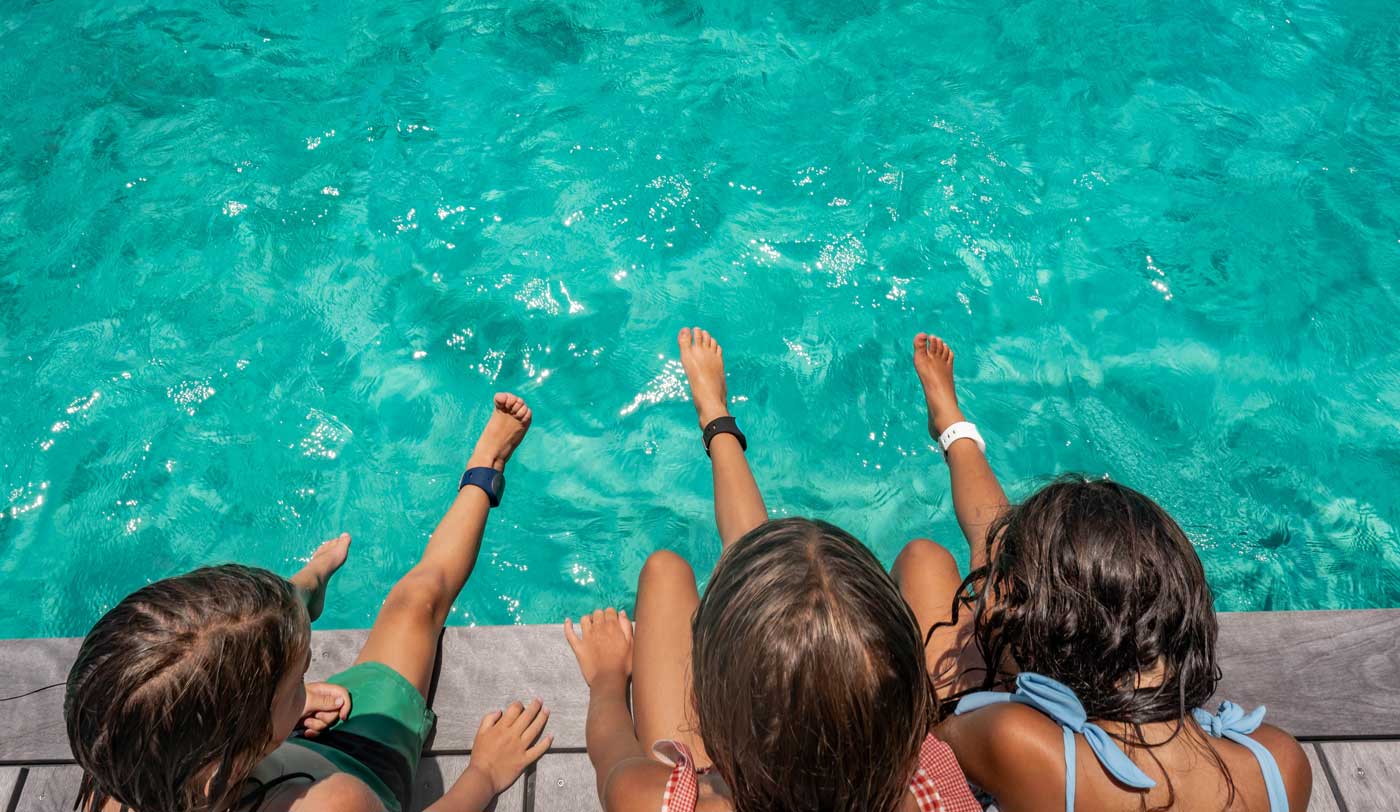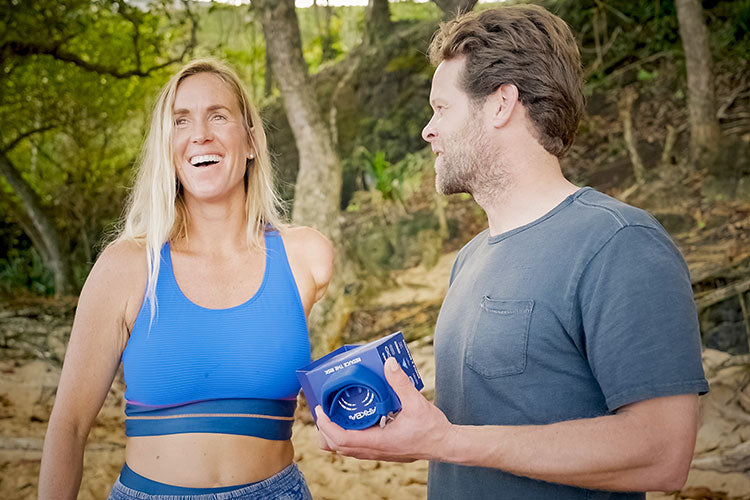The Epic Swim Maui is more than just an endurance challenge; it is a groundbreaking expedition blending extreme sports, scientific research, and cultural exchange. Spanning 134 miles around the Hawaiian island of Maui, this first-of-its-kind event took 13 segments over three weeks to complete. Spearheaded by Robby Seeger, a former world champion windsurfer and big-wave surfer, the swim was both a test of human endurance and a call to action for ocean conservation.
The expedition was anything but smooth sailing. Swimmers contended with relentless swells, gale-force winds, and even a tiger shark sighting that forced an emergency exit. At one point, the group struggled against a powerful current, swimming in place for nearly an hour. Despite these challenges, ten swimmers pressed on to complete the full circumnavigation, demonstrating both physical resilience and mental fortitude.

Beyond the athletic feat, the Epic Maui Swim was a platform for scientific collaboration. Researchers from institutions such as the Scripps Institution of Oceanography and the University of Hawaii conducted studies on water quality, microplastics, and ocean health. Using the slow-moving swimmers as a unique sampling mechanism, scientists gathered valuable data on contaminants like PFAS and microfibers, illustrating the pervasiveness of ocean pollution.
The swim also fostered cultural connections. Native Hawaiian elders and community leaders engaged with the athletes and researchers, offering historical and ecological insights about the island’s waters. These exchanges reinforced the importance of preserving Maui’s marine environment and emphasized the intersection of science and indigenous knowledge.
Participants in the Epic Maui Swim were not just elite endurance athletes; they were also activists with individual causes. Some swam for mental health awareness, others to combat plastic pollution, support children with disabilities, or advocate against child labor. Their collective mission—to highlight ocean conservation—was amplified by the global reach of the expedition.

Despite the grueling nature of ultramarathon swimming, where athletes endure hours of slow, methodical strokes with minimal breaks, the event concluded not with media fanfare but with a quiet, triumphant celebration. A victory lap around Molokini Crater allowed swimmers, scientists, and community members to reflect on their achievement and its greater purpose.
In the words of one participant, swimming is just the tool—an entry point for broader conversations about sustainability and environmental stewardship. By bringing together endurance athletes, scientists, and local voices, the Epic Maui Swim demonstrated that real change, like an ultramarathon swim, happens one stroke at a time.

Sharkbanz was proud to support the Epic Swim Maui endeavor and assist all swimmers, safety personal, and production teams with 'Sharkbanz 2' for their long-hours spent in the water. We are honored to be a part of the mission.
Below is a complete list of the original fourteen swimmers:
- Andy Donaldson (Scotland)
- Barbara Hernandez (Chile)
- Dina Levacic (Croatia)
- Marion Joffle (France)
- Sarah Thomas (USA)
- Sarah Ferguson (South Africa)
- J.C. (Hawaii / New Zealand)
- Mostafa Said (Egypt)
- Yaa Konadu (Ghana)
- Ryan Leong (USA)
- Prabhat Koli (India)
- Jono Ridler (New Zealand)
- Paul Blackbeard (USA)
- Stefan Reinke (Hawaii)
Photo Credits: Dayanidhi Das, Austin Alimbuyuguen
---
For more information on the event, visit the organization's IG page.
Read more on The Ocean Decade (UN).
Read a full editorial recap via Hawaiian Airlines Magazine.
Read a shorter synopsis via Swimming World Magazine.





